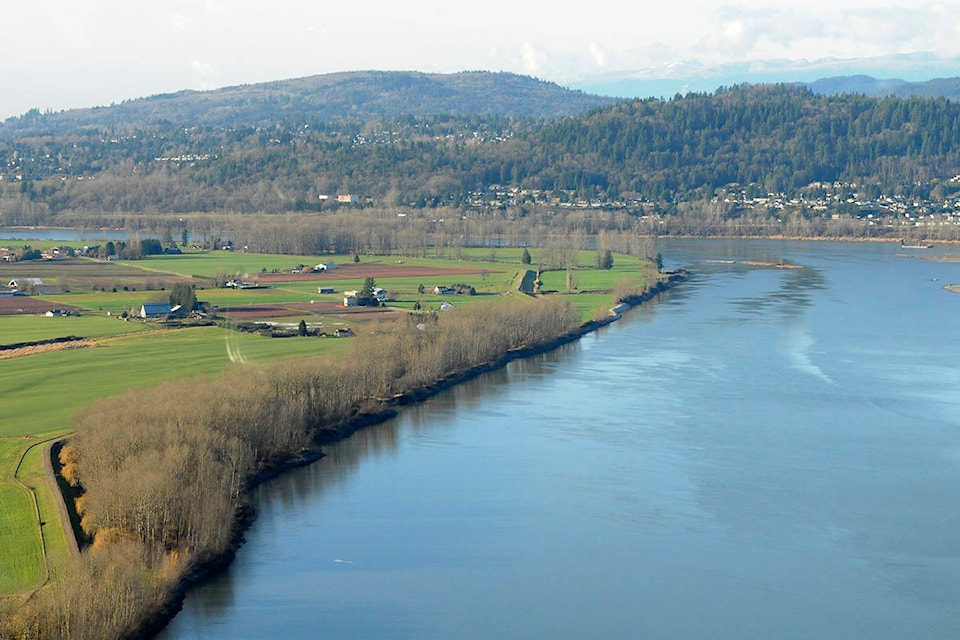Boosting the Lower Mainland’s flood defences requires money – not just plans.
Abbotsford Mayor Henry Braun sounded an exasperated note on Monday as council discussed how the city should respond to a questionnaire by the group creating a regional flood protection strategy.
“This discussion has been going on for 22 years,” Braun said. “Nothing happens.”
He said the federal and provincial governments must come up with the money necessary to improve the region’s network of dikes, which a variety of studies have said is required to prevent a devastating Fraser River flood. Without some way to pay for billions in dollars of dike infrastructure improvements – including more than $400 million in dike upgrades necessary in Abbotsford – the strategy being created won’t actually contain a rising river.
“Without that, the rest of this is another meeting/study in a 22-year process,” Braun said.
The Fraser Basin Council has been working for years to create a flood management strategy.
After a couple years spent investigating flood hazards, vulnerabilities and management practices, work has now moved on to building a “regional strategy and action plan.” The council will also recommend a “secure, sustainable funding model.”
Among that early work was a study that suggested that a major flood in the Lower Mainland could cost the region $20 to $30 billion.
RELATED: Major Fraser River flood could cause $30 billion in economic impact
In Abbotsford, a flood could close Highway 1 and Highway 11, swamp hundreds of low-lying houses, and significantly damage the JAMES wastewater treatment plant and the Norrish Creek water system.
The problems wouldn’t go away with the receding waters. Blueberry farmers – whose plants take seven years to grow – could see their crops wiped out, while the area’s many food processors could find themselves without water.
Beyond the need for large sums of money to finance the upgrading of dikes, many of which around the Lower Mainland are either too low or seismically vulnerable, the strategy faces other challenges.
The strategy hopes to figure out who should manage a huge influx of flood protection money, should it materialize.
Flood protection money is currently doled out on a case-by-case basis. That means local governments end up competing for funding, the city will tell the Fraser Basin Council.
Councillors also warned that there needs to be oversight by a regional government body to ensure that flood protections are consistent and that the region doesn’t end up with more “orphan dikes” – dikes that would be ineffective because they are isolated and not part of the larger system.
Coun. Brenda Falk said co-ordination is needed to ensure that upstream failures in one municipality don’t affect those further downriver.
And Braun said it is absurd to suggest that individual municipalities own and manage their own dike system in isolation, equating it to a scenario in which each local government would be responsible for widening their own part of Highway 1.
“It’s crazy.”
The city is also urging separate pools of funding for coastal and river flooding.
The worry is, Braun said, that if flood protection money is lumped together, the vast majority of the cash will go to coastal communities and “we’ll all be hooped.”
Do you have something to add to this story, or something else we should report on? Email:
tolsen@abbynews.com
